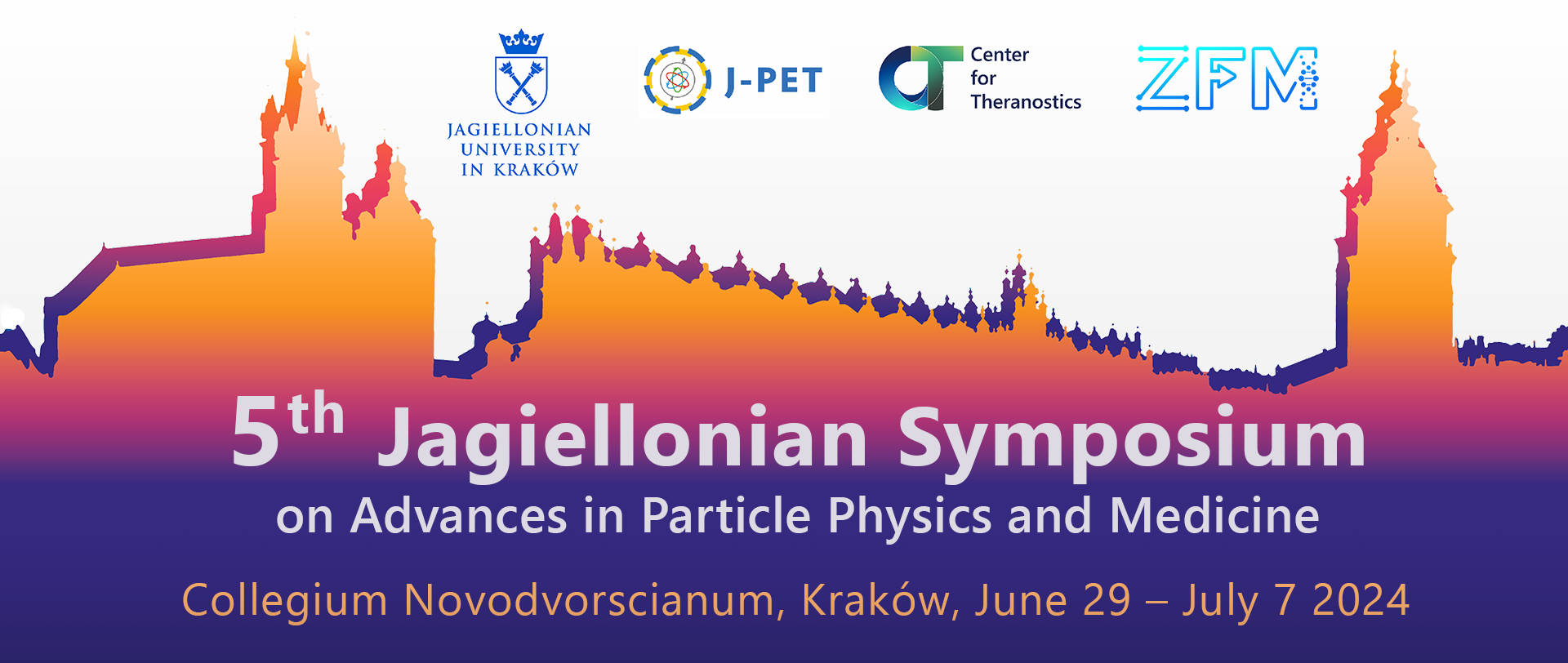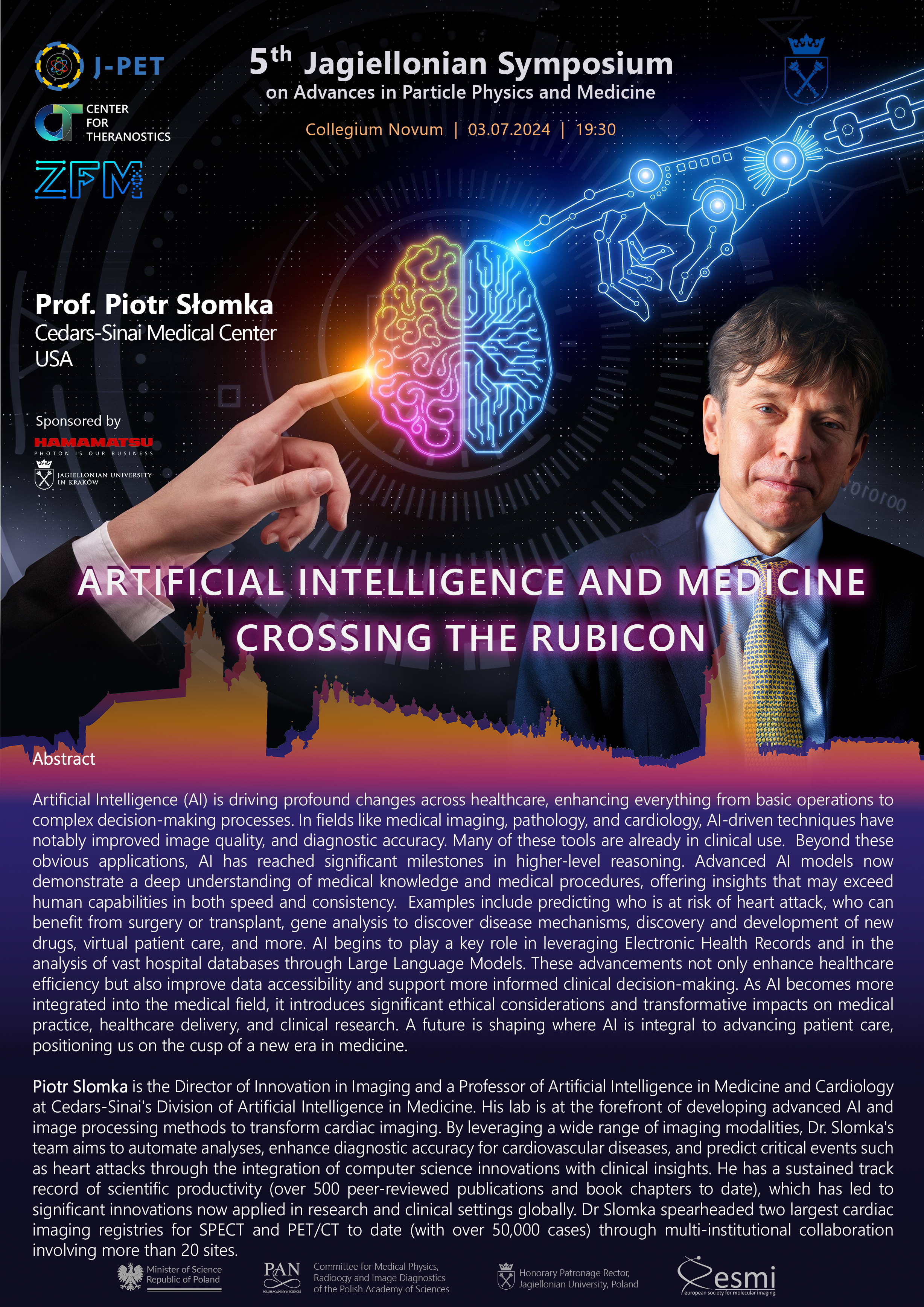Title : "Artificial Intelligence and Medicine: Crossing the Rubicon"
Place: Collegium Novum, Gołębia 24, 31-007 Kraków
Speaker
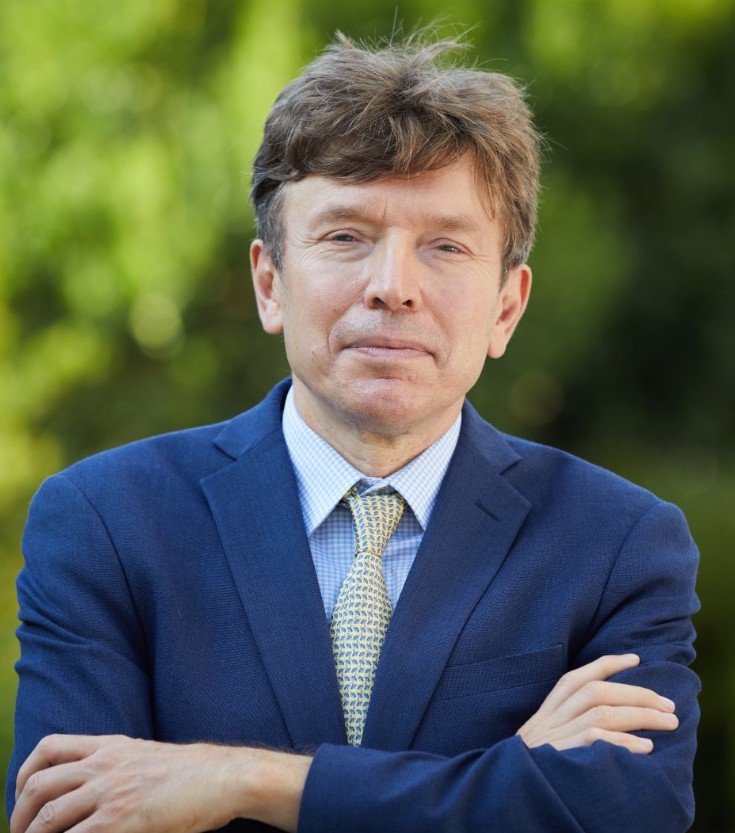
Prof. Piotr Słomka (Cedars-Sinai Medical Center, USA)
Dr. Piotr Slomka is the Director of Innovation in Imaging and a Professor of Artificial Intelligence in Medicine and Cardiology at Cedars-Sinai's Division of Artificial Intelligence in Medicine. His lab is at the forefront of developing advanced AI and image processing methods to transform cardiac imaging. By leveraging a wide range of imaging modalities, Dr. Slomka's team aims to automate analyses, enhance diagnostic accuracy for cardiovascular diseases, and predict critical events such as heart attacks through the integration of computer science innovations with clinical insights. He has a sustained track record of scientific productivity (over 500 peer-reviewed publications and book chapters to date), which has led to significant innovations now applied in research and clinical settings globally. Dr Slomka spearheaded two largest cardiac imaging registries for SPECT and PET/CT to date (with over 50,000 cases) through multi-institutional collaboration involving more than 20 sites.
====================================================================================================
Pictures of the public lectures from previous symposia
Prof. Catalina Curceanu ( National Laboratory of Frascati (INFN), Italy)
Title : " All in a Thimble ! Strangeness in the Neutron Starts "
 Catalina Curceanu was born in Transilvania, Romania. She is Director of Research at INFN-LNF, Italy, leading a group performing advanced experiments in nuclear and quantum physics. Catalina is the spokesperson of the SIDDHARTA-2 (spectroscopy of kaonic atoms) and VIP-2 (experimental test on quantum mechanics) collaborations and author of more than 400 peer reviewed articles. She won several awards and prizes, among which the 2017 Emmy Noether prize from the European Physical Society and the 2019 Betty Moore Foundation Fundamental Physics Innovation Award. In 2018 she was awarded the Order "Cultural Merit" in the rank of Knight by the President of Romania, for significant contribution to exact sciences.
Catalina Curceanu was born in Transilvania, Romania. She is Director of Research at INFN-LNF, Italy, leading a group performing advanced experiments in nuclear and quantum physics. Catalina is the spokesperson of the SIDDHARTA-2 (spectroscopy of kaonic atoms) and VIP-2 (experimental test on quantum mechanics) collaborations and author of more than 400 peer reviewed articles. She won several awards and prizes, among which the 2017 Emmy Noether prize from the European Physical Society and the 2019 Betty Moore Foundation Fundamental Physics Innovation Award. In 2018 she was awarded the Order "Cultural Merit" in the rank of Knight by the President of Romania, for significant contribution to exact sciences.
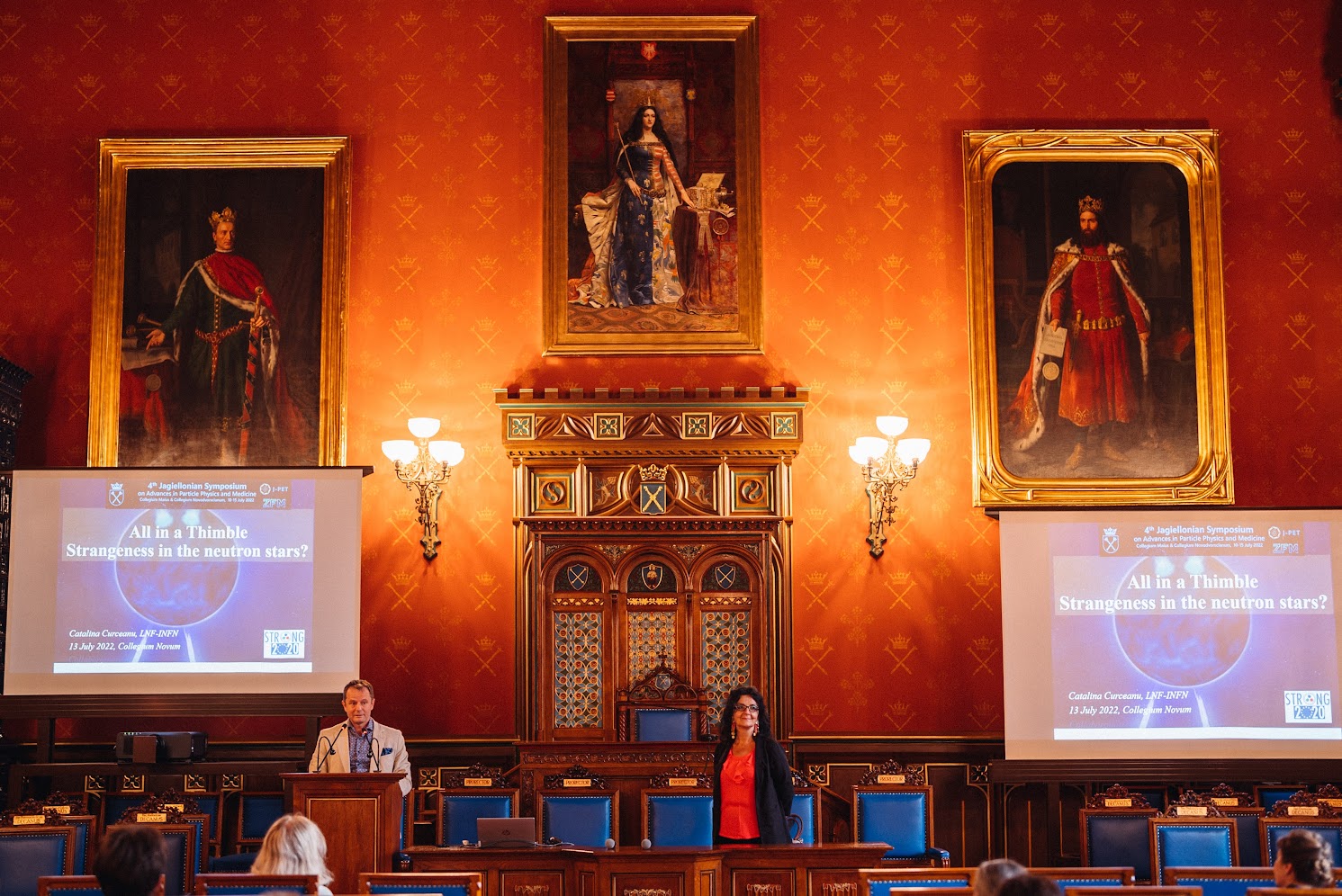
Collegium Novum, 2022
======================================================
Prof. Ryugo Hayano (University of Tokyo, Japan).
 Ryugo Hayano, Ph.D. is Emeritus Professor, Department of Physics at the University of Tokyo. From 1997 to 2017, he was the spokesperson of an “antimatter” research team called “ASACUSA”, at CERN’s antiproton decelerator facility. In 2008 he received the Nishina Memorial Prize, the most prestigious physics prize in Japan, for his study on the precision laser spectroscopy of “antiproton is helium” atoms.
Ryugo Hayano, Ph.D. is Emeritus Professor, Department of Physics at the University of Tokyo. From 1997 to 2017, he was the spokesperson of an “antimatter” research team called “ASACUSA”, at CERN’s antiproton decelerator facility. In 2008 he received the Nishina Memorial Prize, the most prestigious physics prize in Japan, for his study on the precision laser spectroscopy of “antiproton is helium” atoms.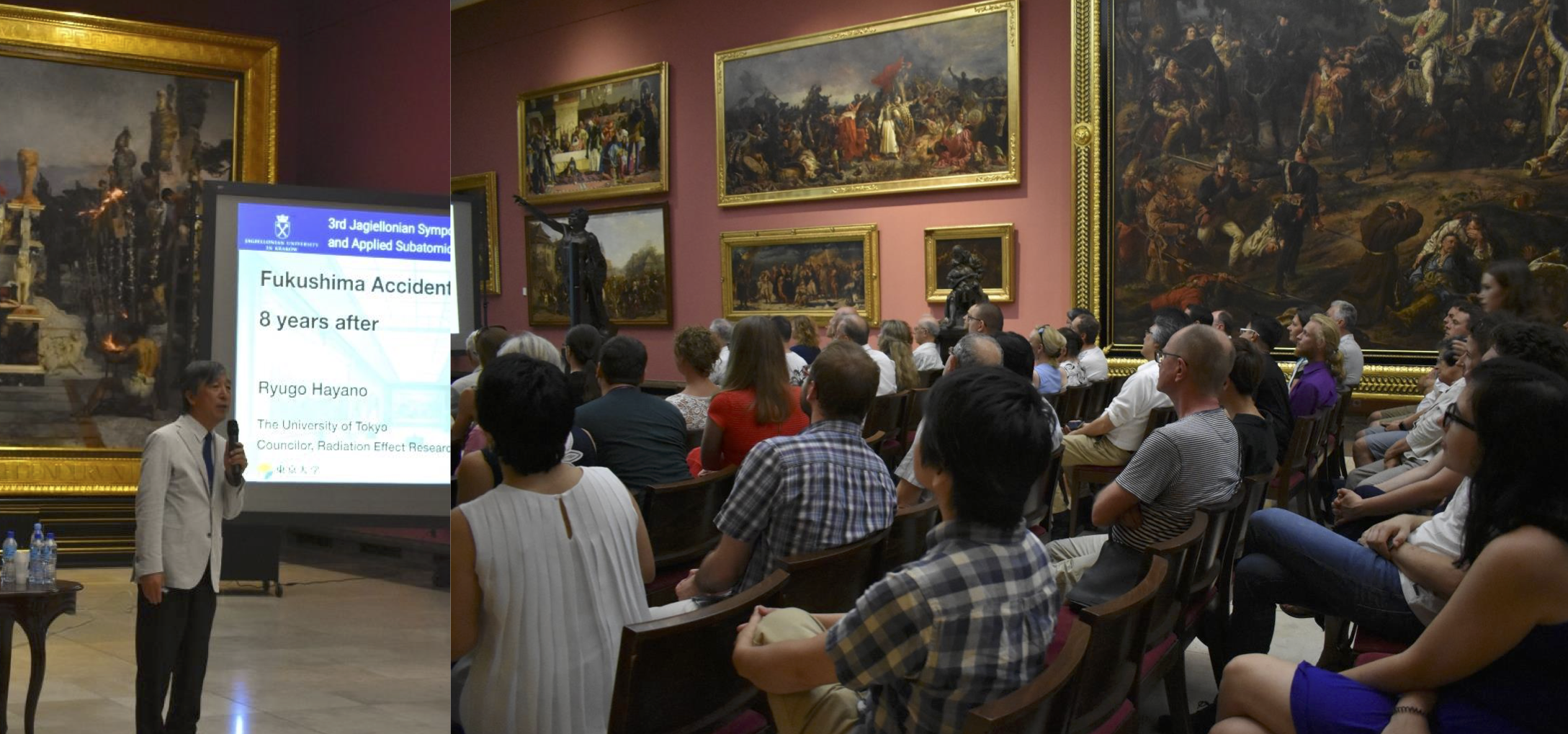
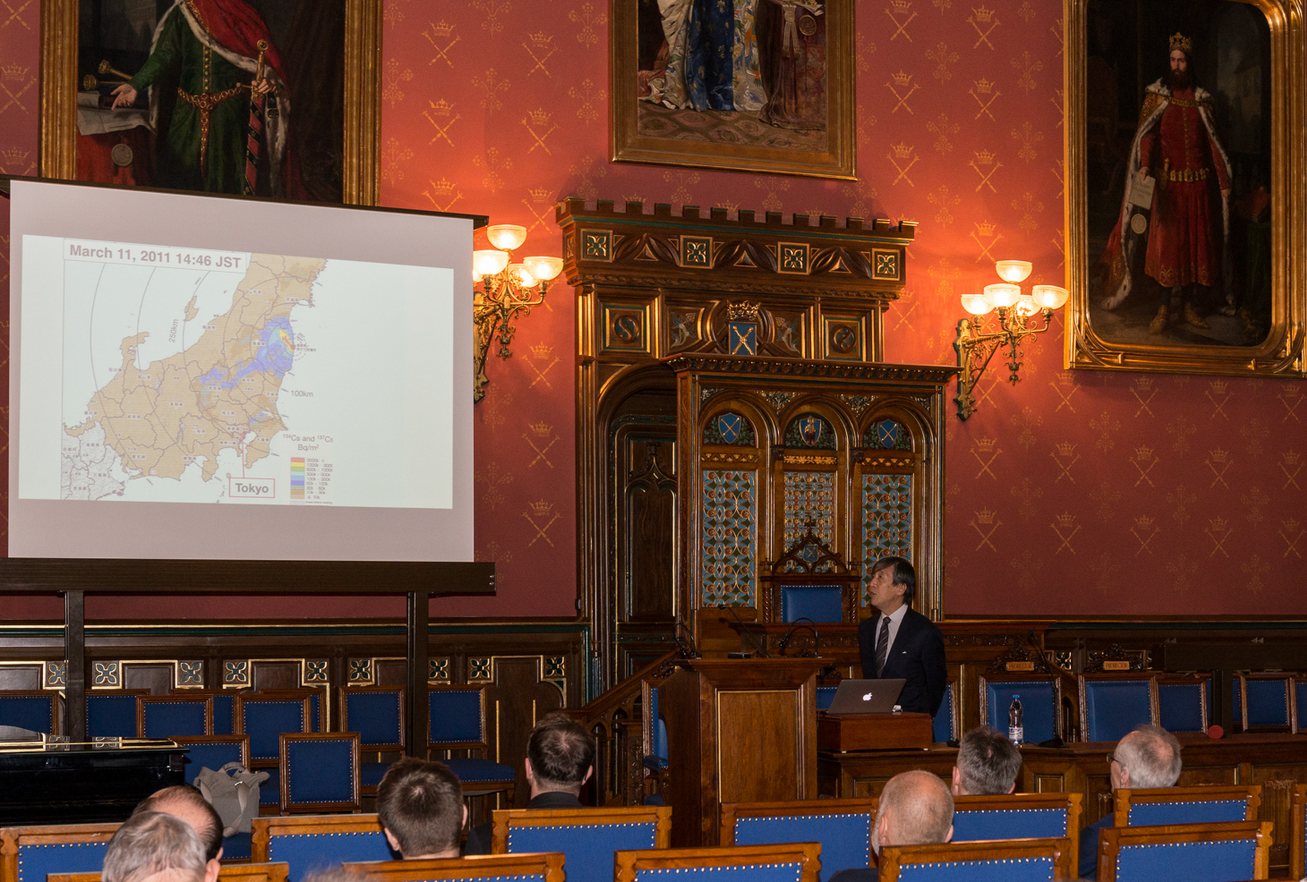
Collegium Novum, 2014
========================================================
Prof. Walter Oelert (Johannes Gutenbern University Mainz, Germany)
Title : " Would it matter, if matter is the same as antimatter "
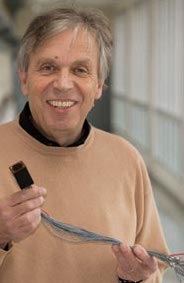 Walter Oelert is retired from the position as a scientific co-worker at the Research Centre Jülich and as Professor from the Ruhr University Bochum both located in Germany. He still works as a Visiting Scientist at the Research Centre CERN, Genève, Switzerland and as a Supervisory Professor at the Johannes Gutenberg University Mainz, Germany. After starting his career in Nuclear Physics by investigating few nucleon transfer reactions, his work concentrated in the production of baryons and mesons with strangeness at the COSY accelerator in Jülich, the Celsius ring in Uppsala as well as the LEAR facility at CERN. In this research field physicists from the Physics Institute of the Jagiellonian University were strongly engaged and co-working with him and his group in Jülich.
Walter Oelert is retired from the position as a scientific co-worker at the Research Centre Jülich and as Professor from the Ruhr University Bochum both located in Germany. He still works as a Visiting Scientist at the Research Centre CERN, Genève, Switzerland and as a Supervisory Professor at the Johannes Gutenberg University Mainz, Germany. After starting his career in Nuclear Physics by investigating few nucleon transfer reactions, his work concentrated in the production of baryons and mesons with strangeness at the COSY accelerator in Jülich, the Celsius ring in Uppsala as well as the LEAR facility at CERN. In this research field physicists from the Physics Institute of the Jagiellonian University were strongly engaged and co-working with him and his group in Jülich.
In 1995 an international team under the leadership of him observed the first ever seen anti-hydrogen atoms. Presently he is involved in the construction of the ELENA ring at CERN, a facility which decelerates the antiproton down to 100 keV, which will increase the experimental efficiency by orders of magnitude.

Collegium Novum, 2017
=============================================================
Prof. Gerald Gabrielse (Leverett Professor of Physics, Harvard University, USA)
Title : "Setting Traps for Antimatter"
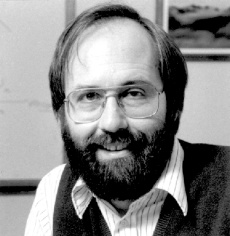 Gerald Gabrielse is the Leverett Professor of Physics at Harvard and a member of the NAS. His ideas and demonstrations launched and guide the low energy antiproton and antihydrogen physics being pursued by hundreds at a storage ring built for this purpose. His demonstration (with the TRAP collaboration he led) that the antiproton and proton have charge-to-mass ratios that are opposite to 9 parts in 1011 is the most stringent baryon test of the CPT symmetry that is intrinsic to the standard model of particle physics. His proposal to form and trap cold antihydrogen has been realize by the ATRAP team he leads and others. The electron magnetic moment that he measured to 3 parts in 1013 is the most precisely measured property of an elementary particle. This made possible the most precise confrontation of theory and experiment, with his measurement confirming what is the standard model's most precise prediction. His electron electric dipole measurement (with the ACME collaboration) advanced the state of the art by a factor of 12, constraining proposed extensions to the standard model at the TeV energy scales being investigated at the LHC.
Gerald Gabrielse is the Leverett Professor of Physics at Harvard and a member of the NAS. His ideas and demonstrations launched and guide the low energy antiproton and antihydrogen physics being pursued by hundreds at a storage ring built for this purpose. His demonstration (with the TRAP collaboration he led) that the antiproton and proton have charge-to-mass ratios that are opposite to 9 parts in 1011 is the most stringent baryon test of the CPT symmetry that is intrinsic to the standard model of particle physics. His proposal to form and trap cold antihydrogen has been realize by the ATRAP team he leads and others. The electron magnetic moment that he measured to 3 parts in 1013 is the most precisely measured property of an elementary particle. This made possible the most precise confrontation of theory and experiment, with his measurement confirming what is the standard model's most precise prediction. His electron electric dipole measurement (with the ACME collaboration) advanced the state of the art by a factor of 12, constraining proposed extensions to the standard model at the TeV energy scales being investigated at the LHC.
In addition to supervising the PhD research of more than 40 students, Gabrielse chaired the Harvard Physics Department and the DAMOP division of the APS. His many awards include both Harvard’s Levenson prize for exceptional teaching and its Ledlie prize for exceptional research. The APS awarded him both its Davvison-Germer Prize and its Lilienfeld Prize. Germany awarded the Humboldt Research Award and Italy the Tomassoni and Chisesi Prize. He is widely sought after for lectures on his physics research, for science lectures to high school students, teachers and the general public, and for lectures on science and religion. For the latter he received the Trotter Prize.
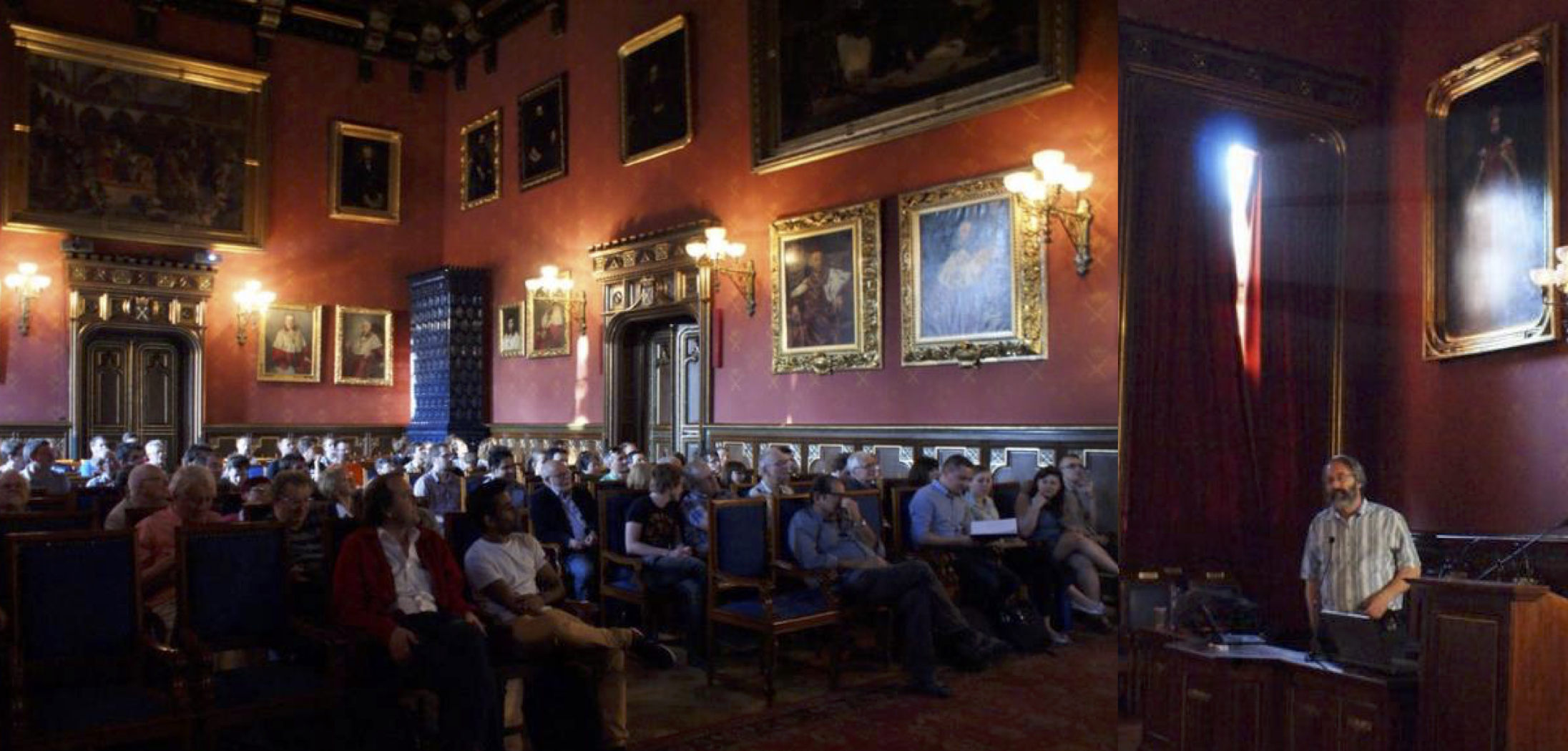
Collegium Novum, 2015
